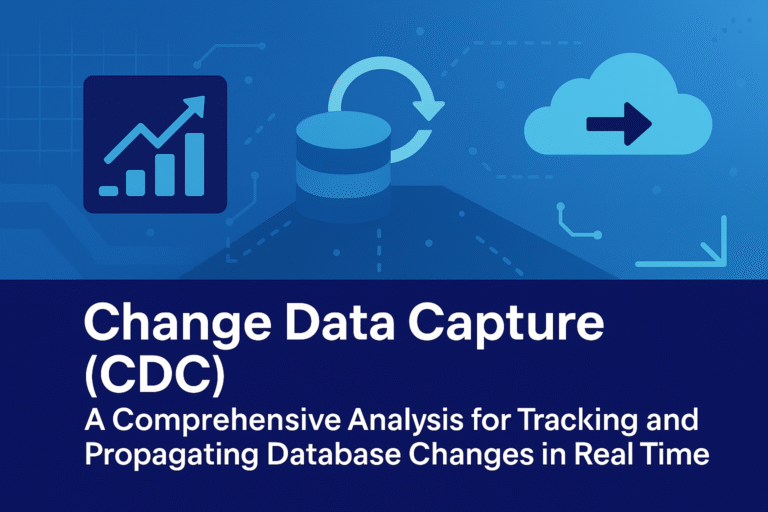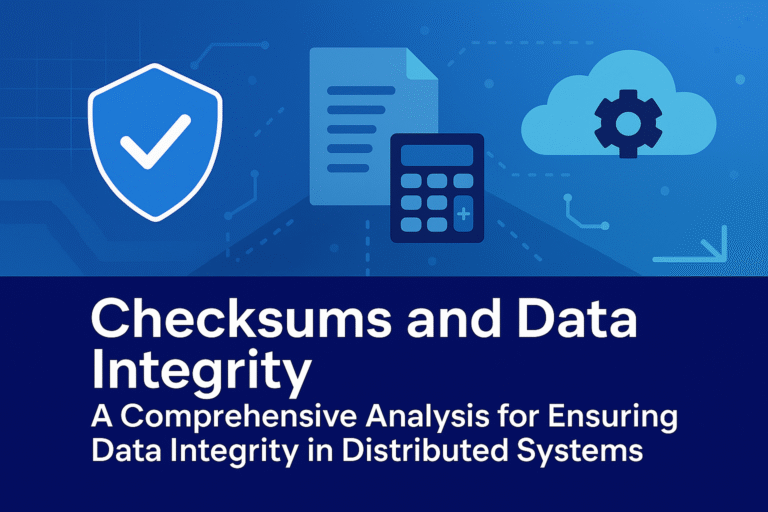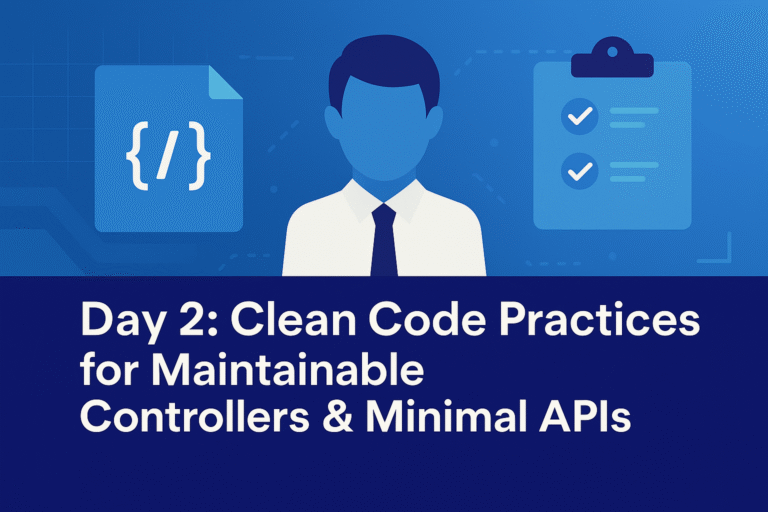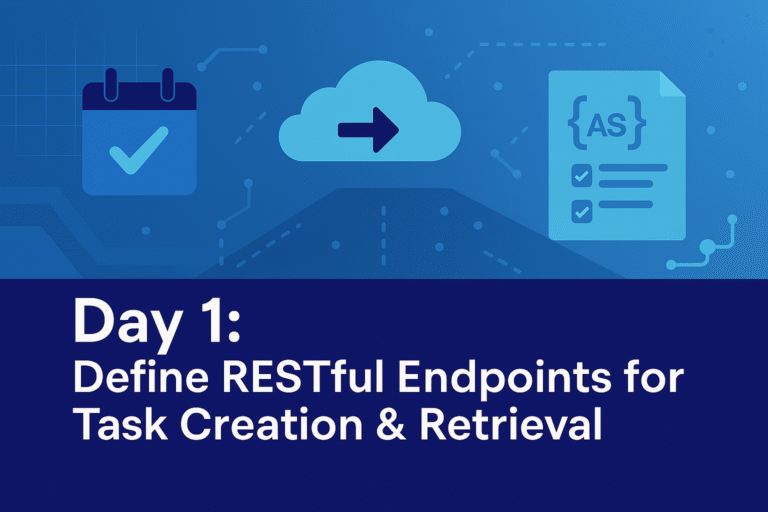Core System Design Patterns: A Comprehensive Analysis for Building Scalable Systems
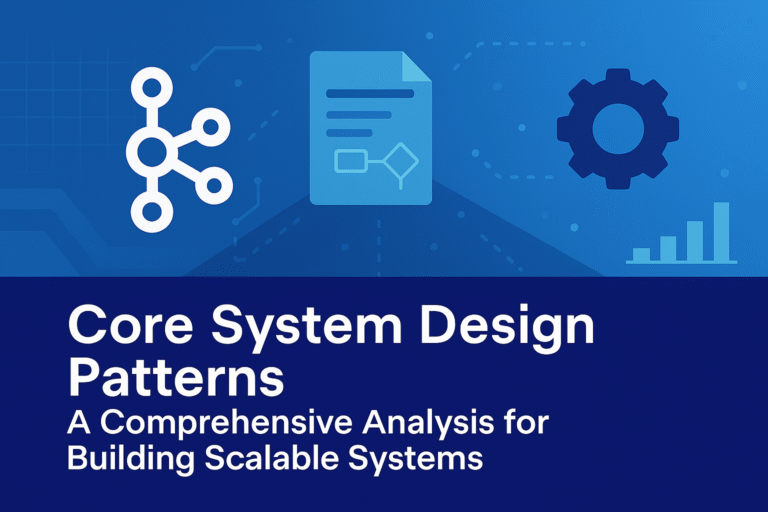
Core system design patterns provide foundational blueprints for constructing distributed systems that can handle increasing loads, maintain high availability, and ensure efficient resource utilization. These patterns address common challenges in scalability, such as data distribution, fault tolerance, and performance optimization,…

